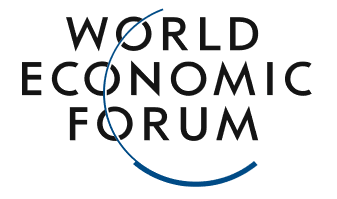Making gender diversity work for scientific discovery and innovation
[Nature Human Behaviour 2, 726–734]. [preprint]
Gender diversity has the potential to drive scientific discovery and innovation. Here, we distinguish three approaches to gender diversity: diversity in research teams, diversity in research methods and diversity in research questions. While gender diversity is commonly understood to refer only to the gender composition of research teams, fully realizing the potential of diversity for science and innovation also requires attention to the methods employed and questions raised in scientific knowledge-making. We provide a framework for understanding the best ways to support the three approaches to gender diversity across four interdependent domains — from research teams to the broader disciplines in which they are embedded to research organizations and ultimately to the different societies that shape them through specific gender norms and policies. Our analysis demonstrates that realizing the benefits of diversity for science requires careful management of these four interdependent domains.





